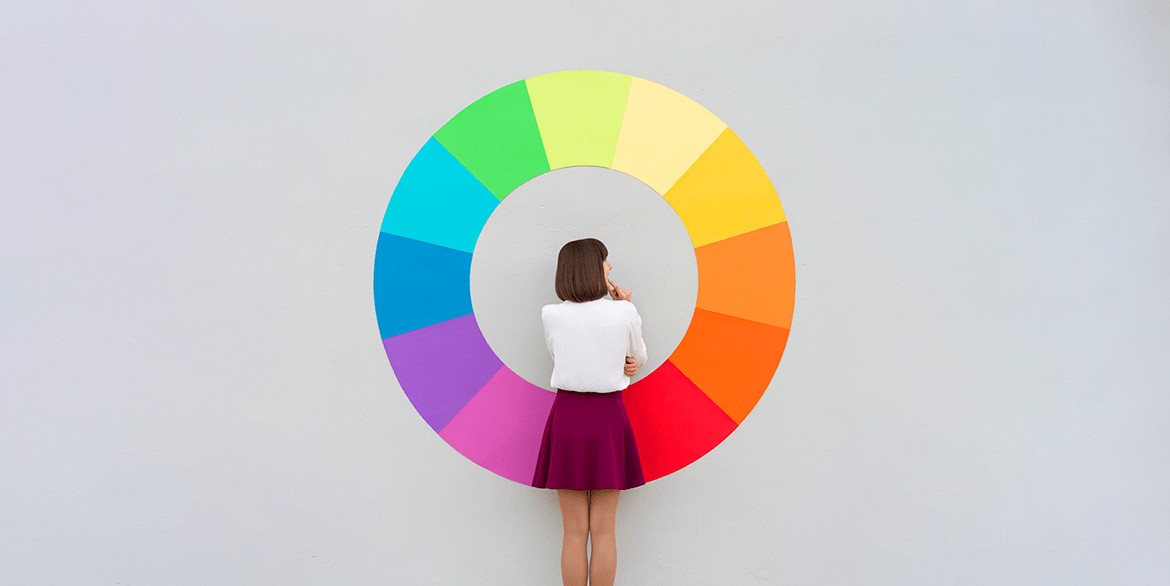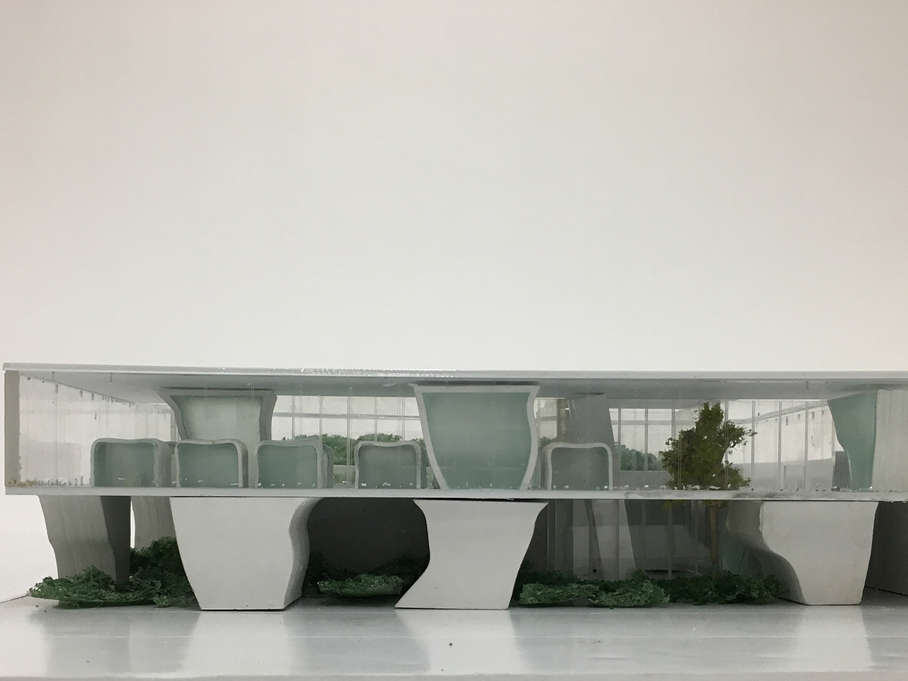Learn the ABCs of Design: Basic Principles for Visual Art
While design trends can differ considerably across different industries, they tend to share some elements in common. Knowing the basic building blocks or principles of visual art is an important part of developing your design skills.
The following are some of the visual art principles that can be applied in different industries, including illustration and photography.
Rule of Thirds
The rule of thirds, commonly used in photography, involves dividing up an image into equal thirds vertically and horizontally. When you do this, you’re creating a more balanced view while also identifying where to put points of interest in your image.
For example, instead of placing a main point of interest right in the center of your image, you would put it slightly off to one side where your “third” lines intersect. This is based on the fact that viewers tend to naturally look toward these off-center spots instead of in the center of a photo.
Rule of Odds
The rule of odds applies to several design industries, including graphic design, photography, illustration, and advertising. This design principle has to do with the number of elements you have in the forefront of your image or design.
Ideally, you should have an odd number in order to create a well-balanced design overall. Common advice for designers is to aim for three elements, but you can experiment with other odd numbers of elements in your design to c create different effects.

Negative or White Space
Having negative or white space in your design is an important principle, whether you’re working with interaction & ui/ux design, advertising, or graphic design. This space refers to areas of designs that are left blank on purpose to create a desired effect, such as a cleaner appearance or improved comprehension for readers or viewers.
For example, you should have negative or white space between paragraphs to make web content easier to read. Keep in mind that white space isn’t necessarily white. You can have white space in another color.
Color Theory
Color theory comes into play in a wide range of design industries, including industrial design, illustration, and graphic design. This theory focuses on the way people perceive color and how different combinations of colors can match, contrast, or complement each other.
Primary colors are red, blue, and yellow, while secondary colors are green, orange, and purple. Tertiary colors refer to colors made from secondary and primary colors, such as yellow-green. Color theory also focuses on warm colors, such as yellows, reds, and oranges, and cool colors, such as purples, greens, and blues.
Gestalt Principles

Gestalt Principles, which are used in graphic design, advertising, and other design industries, help designers create eye-catching yet organized designs. These principles emphasize the way viewers interpret complex images and turn them into something that the mind understands better.
For example, the law of common region involves grouping elements that are moving in the same direction or grouping elements in the same closed area or region. Illustrators or graphic designers might use this when coming up with images for ads or other marketing materials.
User-Centered Approach
The user-centered approach to design involves making creative design decisions based on the user. This principle is often used in interaction and ui/ux design, along with other design industries. For example, web or app designers focus on the users’ environment and tasks they will need to perform when navigating a website or using an app. This approach also involves designing, testing, and refining until the end product is suitable for users.
Interested to learn more about design and its various elements and principles? Request information from our admissions representatives for further details on Academy of Art University’s onsite and online design programs, such as advertising, illustration, graphic design, industrial design, interaction and ui/ux design, and photography.
Submit your application now if you’re ready to get started on designing your own career path towards the design industry.
Hero image courtesy of ISO 500px








